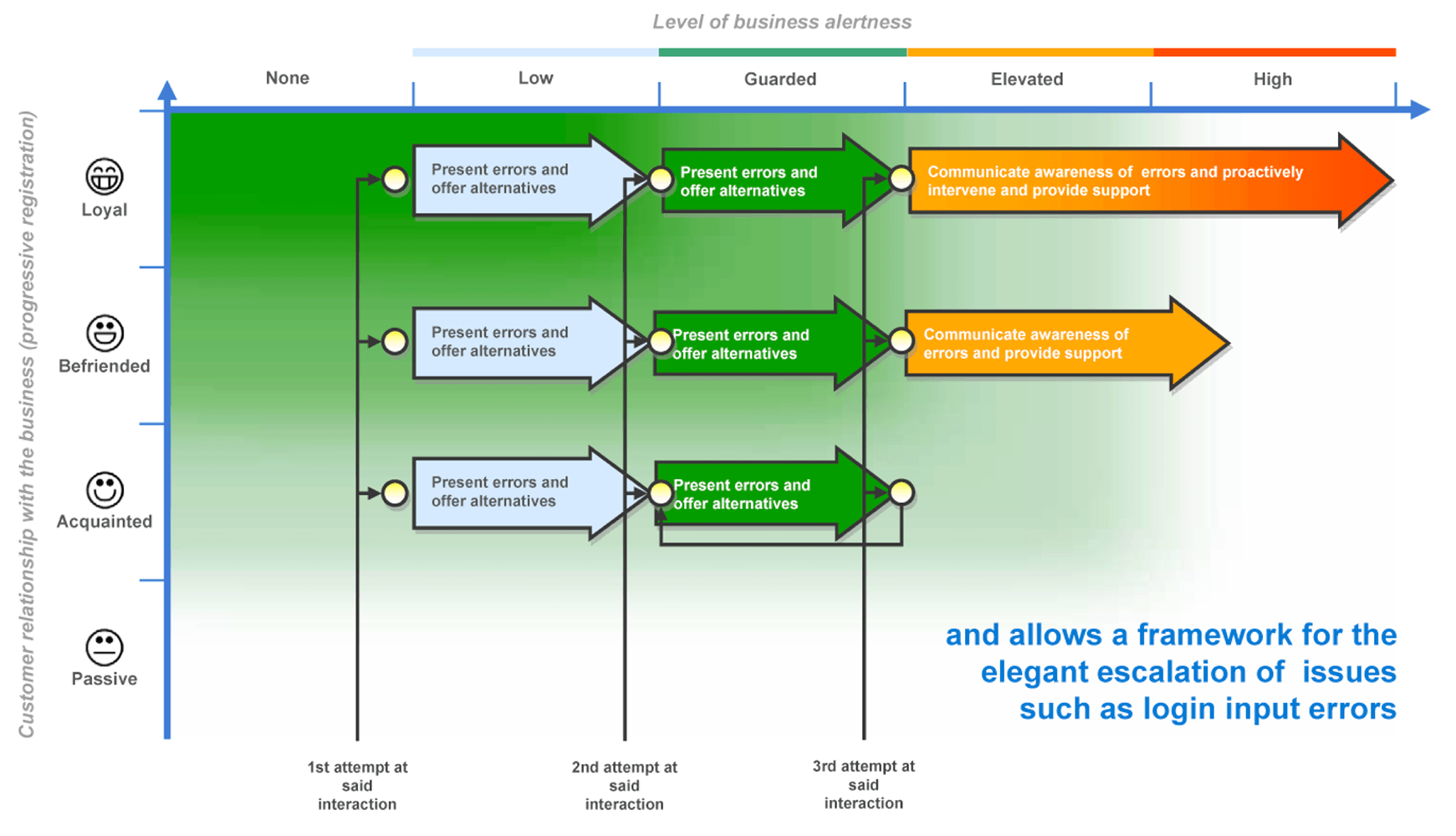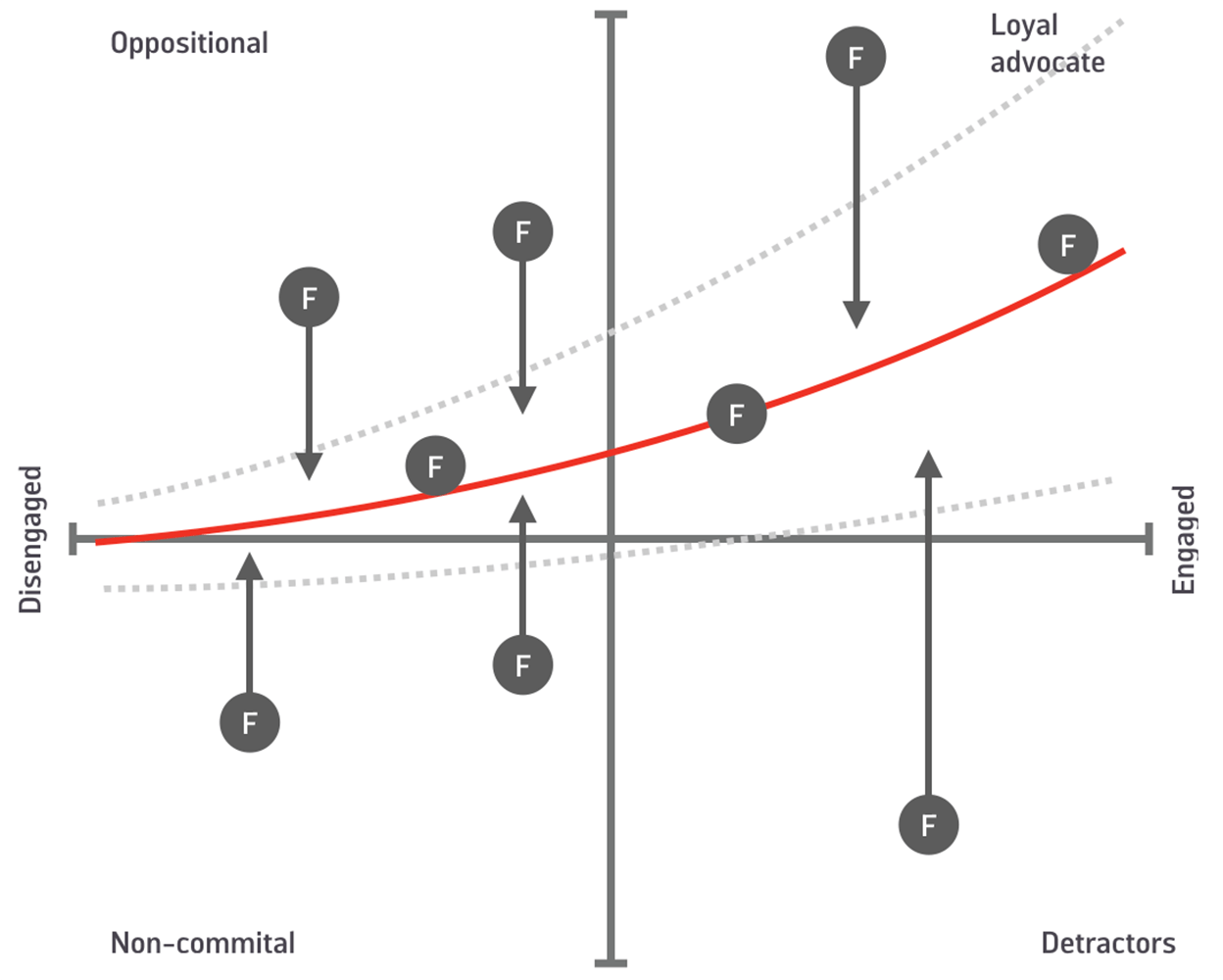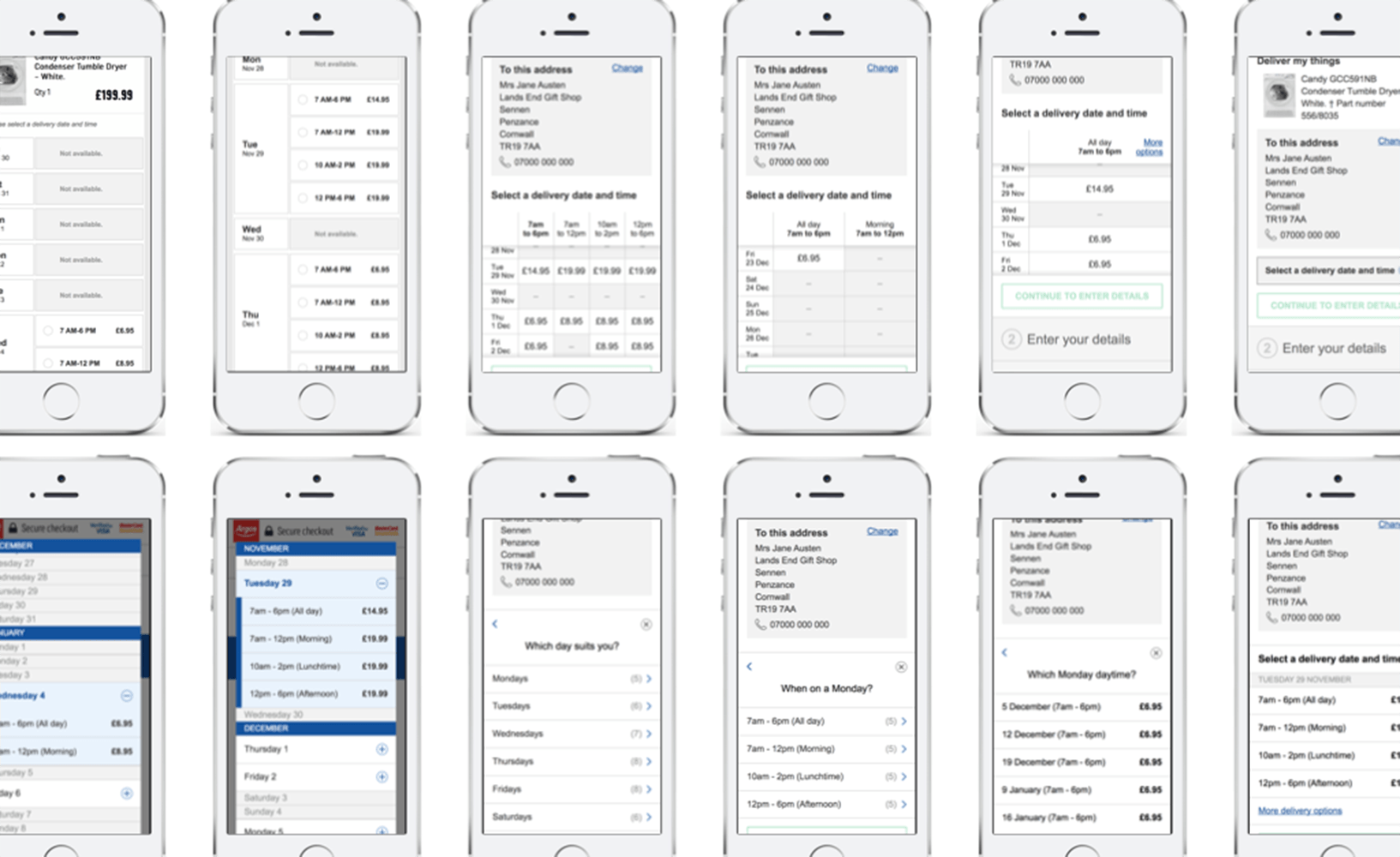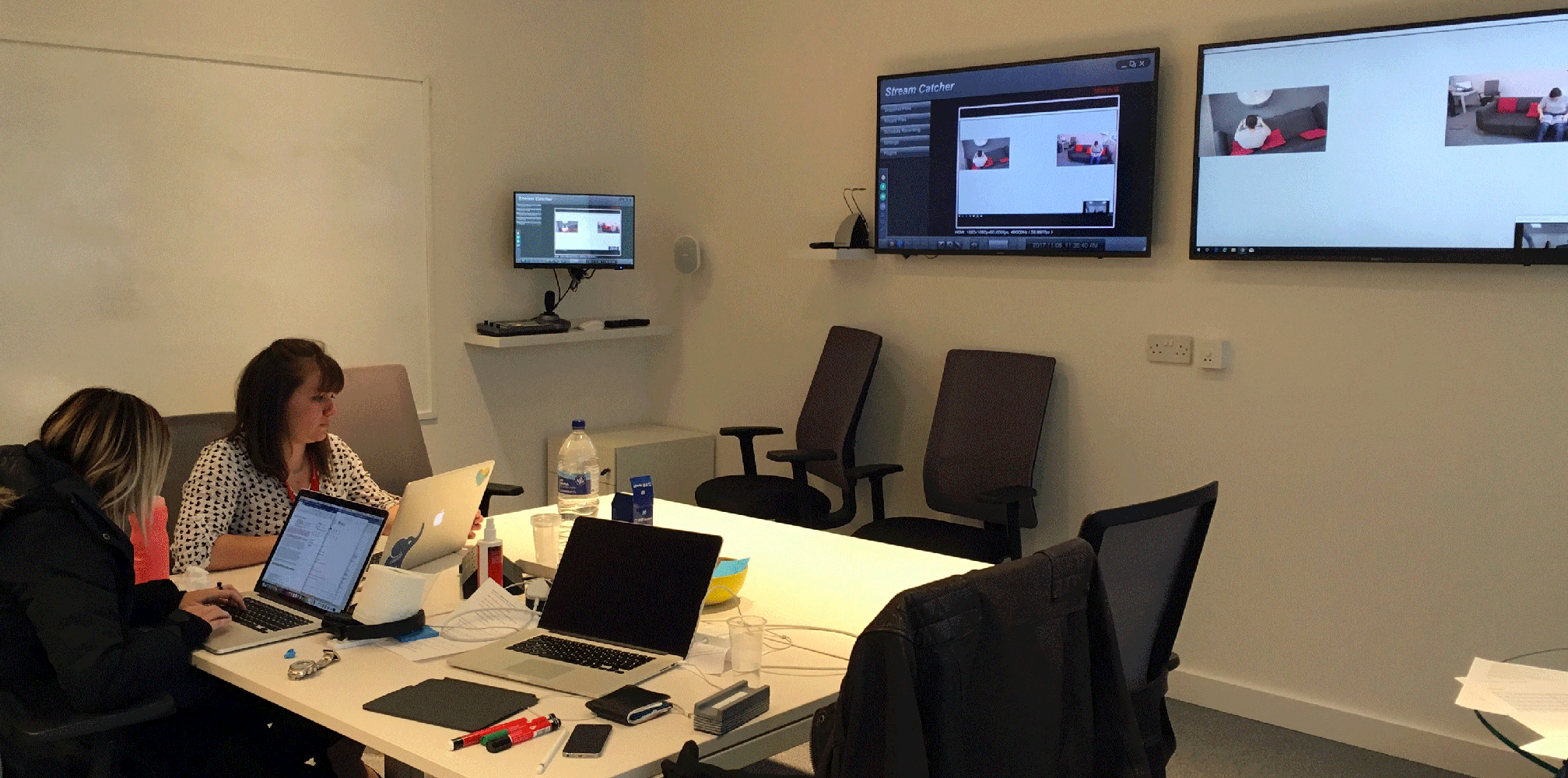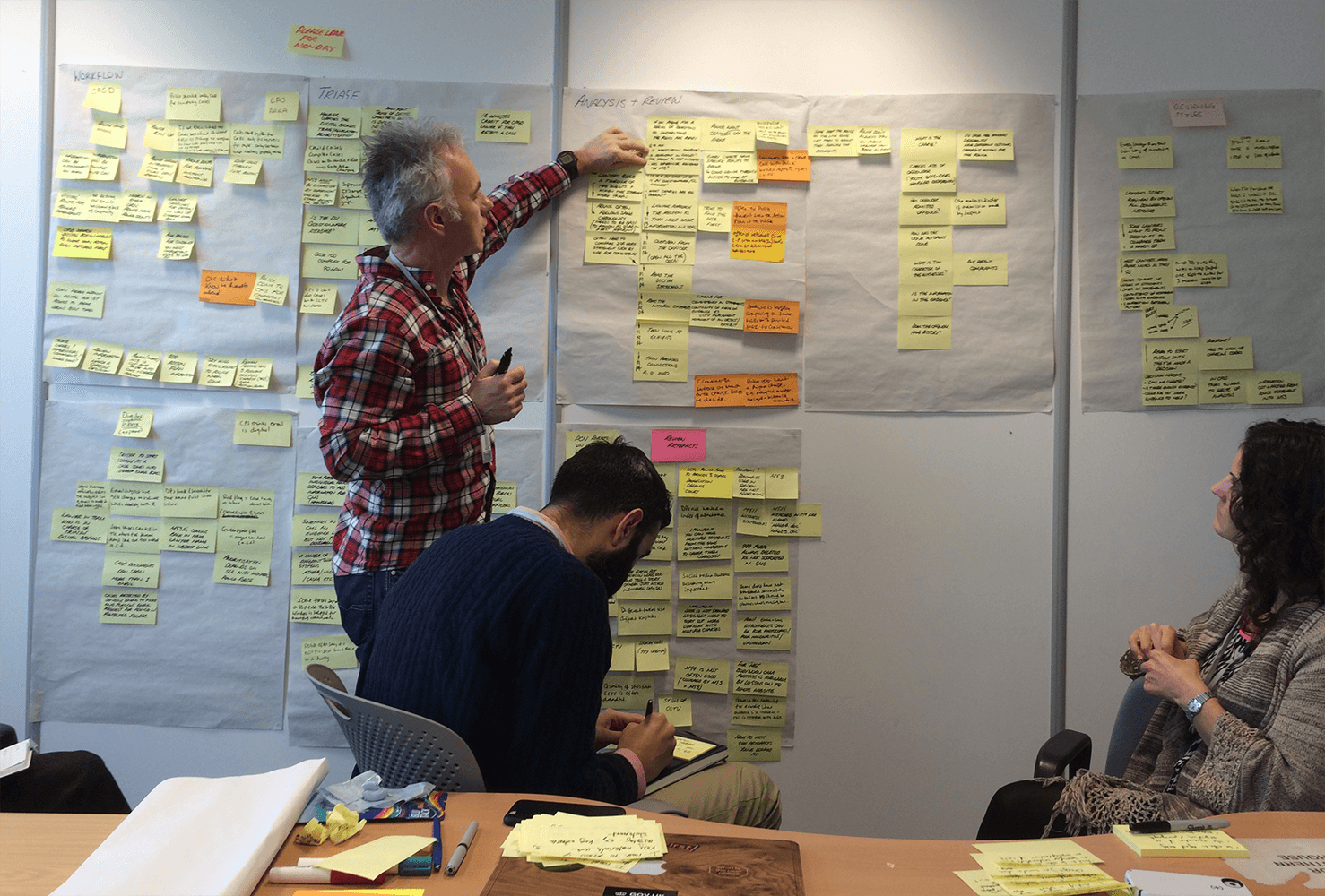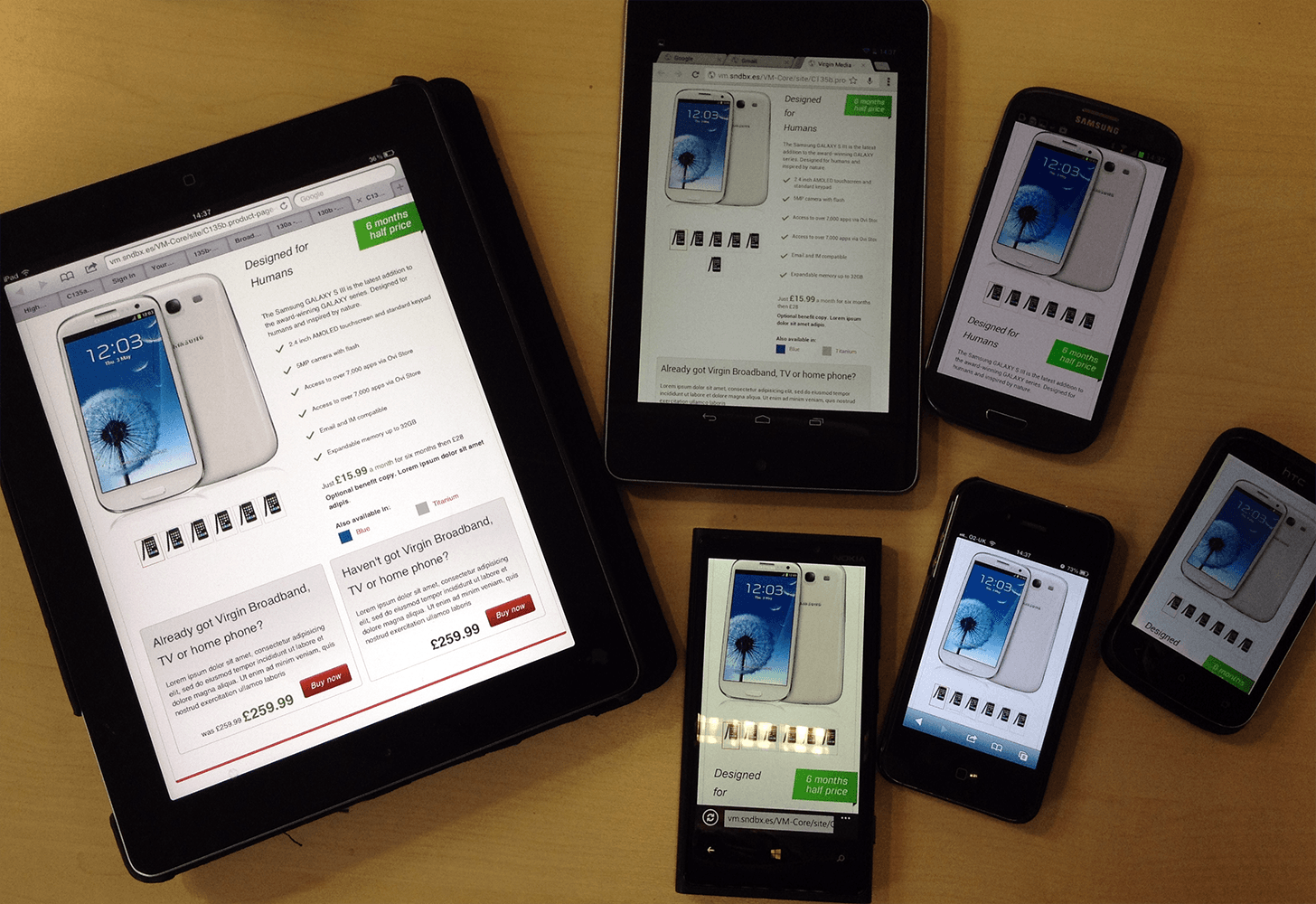Progressive customer engagement
Many companies have ambitions to reflect their customers evolving relationships with their brands in intelligent and persuasive ways.
Problem space
These companies are often let down by the way they design the data required to present those experiences, ultimately leaving it to technology to write the narrative.
For one retail client, the difficulty came in trying to understand how to move from a antiquated Web Commerce profiling, i.e. Anonymous, recognised and signed in customer states; and for another client in Wealth Management, it was about exposing unknown-knowns and where to begin in trying to understand the way customers think about investing.
Many large enterprises are endeavouring to make their Customer Experience capacities more intelligent applying a scalable architecture to them. Customer profiles are becoming data driven rather than the isolated pursuit of marketing.
The onset of big data and machine learning means that the intelligence required to construct an appropriate experience is no longer the isolated pursuit user experience capabilities.
The tri-polar responsibility for this problem is yet to be triaged in a cost effective way. Until then, it is the responsibility of UX to:
- Bridge gaps between customer experience and big data capabilities
- Ensure that solution architectures are conducive to scaling the problem
- Provide a framework within which big data can be responded to in an intelligent manner.
Some shorter term examples
In the longer term
"If this problem sound familiar and your organistion could benefit from a systematic and scalable approach to tackling the relationship between UX and Big Data, get in touch".
Applied capabilities
Management
- Leading and facilitating workshops and focus groups
- Stakeholder and client relationship management
- Feature prioritisation and product roadmap development
Research
- Cross channel analysis
- Contact centre eavesdropping
- Task modelling
- Online analytics
- Content strategy
UX Design
- Scamping and conceptual modelling
- Behavioural design
- User story mapping
- Data design
- Scenarios, User journeys and storyboarding
Software
- Visio
- Others
